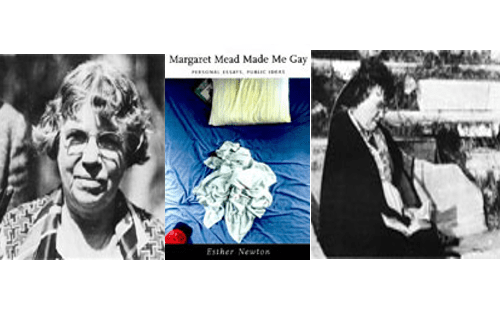In the last part of this issue, we see and hear how the theoretical issues discussed in the previous part play out in the lives of immigrants themselves. In her illuminating documentary, Al Otro Lado (To the Other Side), Natalia Almada depicts the desires and struggles of Mexican immigrants as they hope for better lives by crossing the border. As she points out in her introduction to the film, her insider-outsider, bi-cultural perspective (as a Mexican-American) allows her to represent the experiences of aspiring migrants, their families and their smugglers, as well as the drug trade in which many become involved as the sole means of livelihood and mobility, beyond the moralistic narratives that dominate debates about them. The experiences and aspirations of this particular “illegal” migrant flow, punctuated by the haunting ever-present reality of death (captured in the image of crosses on the desert), are rendered through the corrido, the popular narrative song form, which becomes the mode of expression through which migrants participate in a form of cultural belonging on the border.
Reading a passage from her short story, “A Wife’s Story,” Bharati Mukherjee presents an Indian immigrant’s perception and experience of the insulting representations of non-white immigrants on Broadway and the indifference and ignorance with which these representations are received by the dominant white community. Kayhan Irani’s performance, “We’ve Come Undone,” shows the emotional effects of racist targeting against Muslims and its conflation of heterogeneous identities through the experience of a Sikh woman who receives a Muslim-hate phone call. Both Mukherjee and Irani explore the painful conflict of perceptions between dominant white citizens and non-white immigrants through the experience of immigrants. Meanwhile, activist Malik Ahmed relates a story that highlights the divergence between anti-racist and anti-homophobic agendas with respect to Muslims. In “A Threat to Queens Pride,” Malik Ahmed tells of the panic generated within the gay community by the presence of two converted Muslims picketing the Queens Pride parade, even as the latter passes through neighborhoods of Muslim immigrant communities, suggesting some of the conflicting ways homophobia and racism intersect with each other and the challenges these conflicts pose for immigrant struggles. Finally, we end the issue with a solidarity statement made by the activist organization, Queers for Economic Justice. “Queers and Immigration: A Visionary Statement” outlines the political challenges facing queer immigrants as they struggle against anti-immigrant legislation, redrawing some of the salient critiques of the premises of the dominant ways of addressing the “immigration crisis” that we’ve seen, but also, very importantly, concluding with practical demands that would make a profound difference for the lives of all immigrants.
All of these contributions offer us multiple ways of recognizing both the intimate and global dimensions of the “immigrant crisis” and the gendered, racialized and sexualized forms of figuration, narrative and affect that shape the actions of states, communities and individuals. We are led to see the role that forms of imagining social difference play in the coding, and therefore shaping, of violence and sovereign power; the legitimacy of personhood and collectivity; the imagination and performance of labor; acts of survival in the face of disposability versus state protection of valued life; criminality and mobility; and the very possibilities of living and belonging in a world both deeply connected and riven with conflict. Together they call upon us not only to better understand both these connections and these conflicts, but also to struggle to imagine and realize, by transforming the prevailing forms of social difference that police us, more open and just possibilities of living and belonging.



